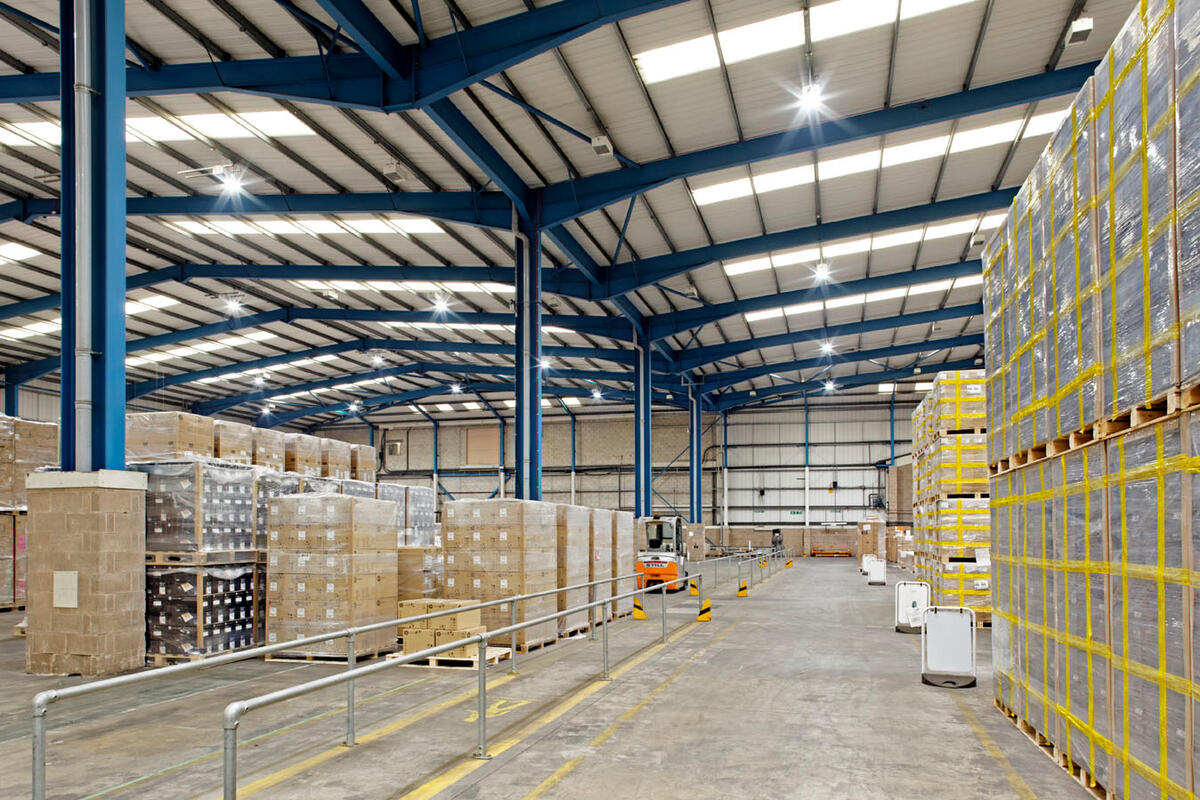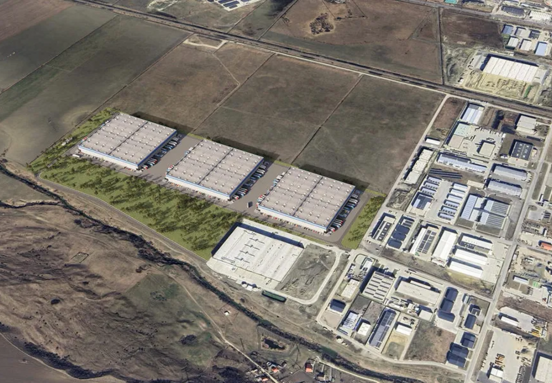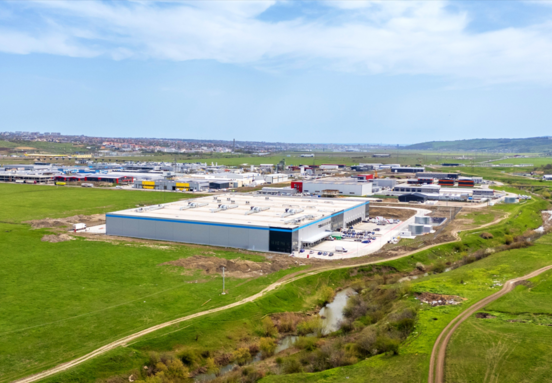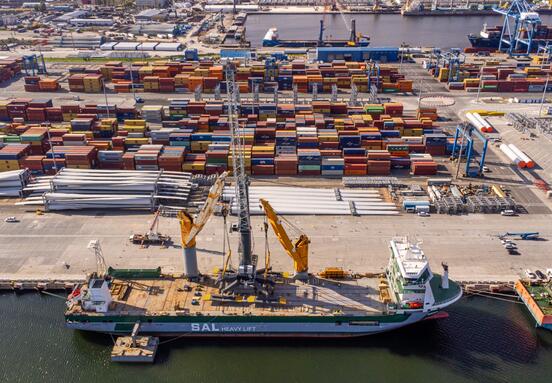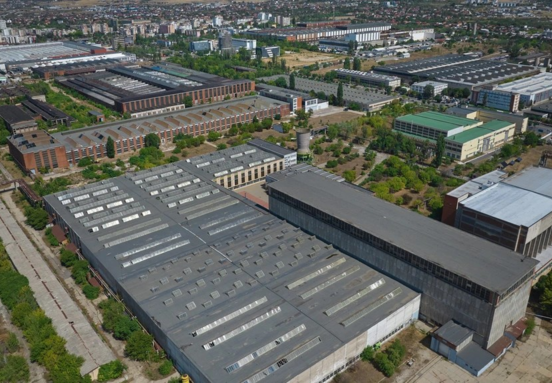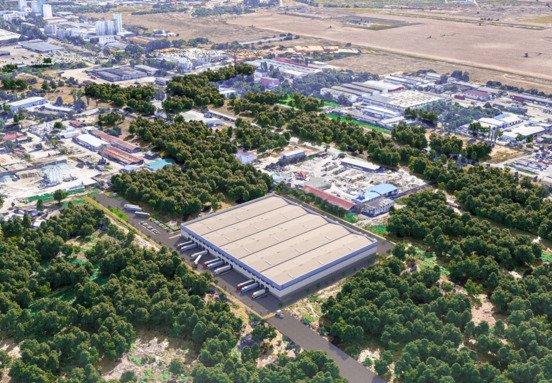The overall stock of modern industrial and logistic facilities in Romania reached 5.7 million square meters, up by over 0.5 million square meters compared to the previous year, and there is still significant room for growth compared to other CEE countries.
Romania remains one of the more undersupplied markets among the major CEE countries, having roughly half of the warehouse stock on a per capita basis compared to Poland and a quarter of Czechia’s. In excess of 0.5 million square meters of new modern I&L spaces were delivered in 2020, according to Colliers estimates. Bucharest accounted for around half of the total square meters of all deliveries and the rest scattered throughout the country – mostly in cities from Transylvania, but also in some southern parts of the country.
“Bucharest remains the heart of the local logistics market, but there have been some slight changes from one year to another in the sense that more and more new warehouses are being developed outside Bucharest and 2020 was no exception. While some speculative developments were initially put on hold, the rosy economic results in the second part of 2020, coupled with the swift recovery in consumption, brought these back on the map in the second part of the year. CTP and WDP remain the major players, but VGP has also recently started to develop new projects. We have also some new names on the market that have the potential to make major investments in the next period, like Globalworth/Global Vision and Element Industrial”, says Vlad Mustață, Associate Industrial Agency at Colliers.
Bucharest remains at the forefront of activity in terms of demand also and generated over 70 percent of the total leasing deals, with Timisoara and Craiova following at a great distance. FMCGs accounted for one third of total demand, with just Carrefour and Profi’s 3 leasing deals, which were among the biggest of the “pandemic year”, totalling 200,000 square meters. Second and third places – logistics and retailers – were not too far apart from each other (over 20 percent market share each) though in a lot of instances, the 3PL tends to serve the retail sector to a significant extent. As such, it would be safe to say that consumer-oriented industries generated at least two thirds of demand in 2020. For comparison, in 2019 automotive generated one third of demand.
Rents for prime warehouse spaces remained broadly stable in 2020, between 3.8 – 3.9 euro per square meter in the Bucharest area and just a bit below these levels in other parts of the country. Colliers consultants consider that we may see rents trekking upwards a bit in the next few years as Warsaw and Budapest can close in on 5 euro per square meter for prime assets.
Meanwhile, vacancy has been climbing a bit the last couple of years (5 percent in 2019) towards 8 percent for Bucharest, based on Colliers estimates and a similar level is also seen in Timisoara, with a bit lower levels in other parts of the country.
“Such levels of vacancy suggest a fairly balanced market, not a tenant’s one. I&L has been, arguably, one of the most interesting asset classes – and this is valid not just for Romania, but also for large parts of the global economy, as warehouses proved to be a source of steady income even during such difficult times. Consequently, one of the first trends which we consider worth mentioning is that post-pandemic, a lot of investors that have not been exposed to this sector will want a slice of this pie. We expect to see more and more non-traditional developers either developing themselves or in partnerships or purchasing income producing assets; we have quite a few companies active in the office and residential sectors in Romania that serve as examples”, explains Vlad Mustață. (Source: Colliers)
